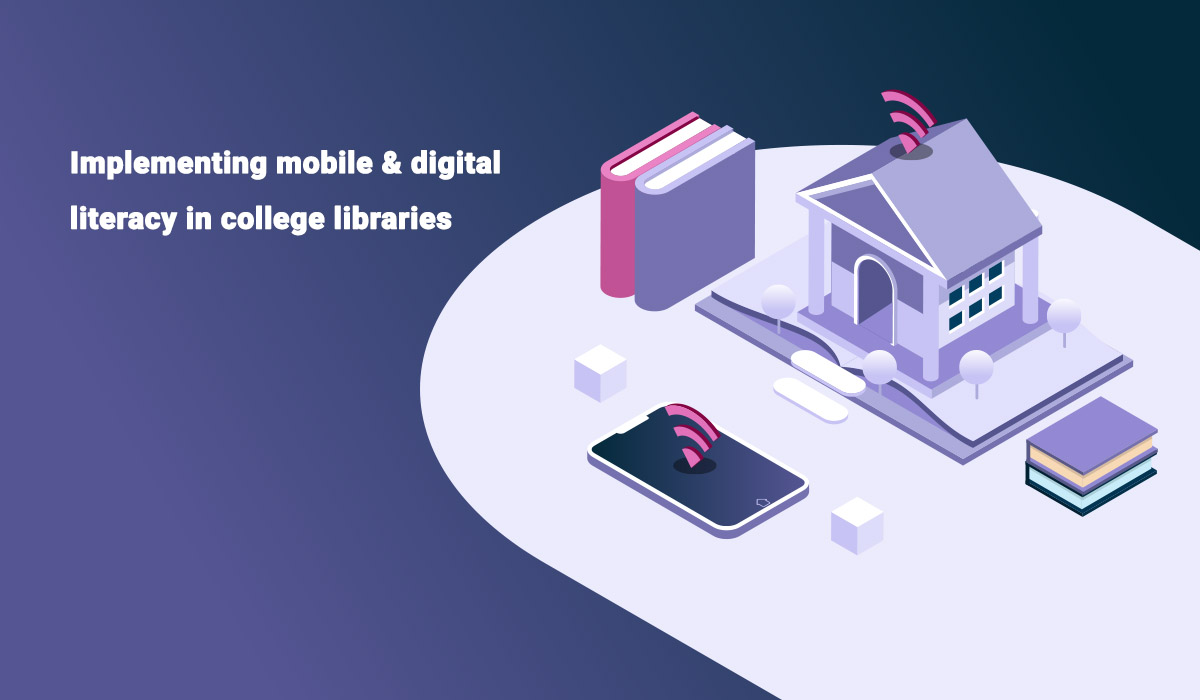10 ways libraries can benefit from using Next Generation Catalogs

In the digital era, educational institutions are focused on implementing library automation across cloud, web, and mobile platforms to meet the expectations of tech-savvy students and staff.
Next Generation Libraries are limited in scope and unable to deliver new catalogs. Creating next-generation catalogs with new user interfaces will synchronize more with the needs of current users.
The emergence of the latest online library catalog, OPAC (Online Public Access Catalogue) provides an advanced search of the library catalog, which allows users to locate books and other library materials. The newest generation college library management system is aimed to provide better user interaction and search-friendliness.
College and University libraries can be benefitted by using the next generation Catalogues in the following 10 ways:
1. User Management
Students and staff can create their accounts in the library and access the library database to search and view books and eBooks, place holds, and renew items from websites or mobile devices.
2. Federated Search
Federated searches and retrieves information resources simultaneously instead of making a separate search. Federated search enables the backend communication through search protocols and the presentation of result sets in front.
3. Relevance Ranking
In information retrieval, search results are ranked on the basis of dependent information. This will be useful for future searches.
4. Faceted Navigation
Faceted browsing is used to apply filters and narrow down search results based on facets. Facets are derived from bibliographic information in the library catalog. Faceted navigation using filters or colors will enhance the visual appeal and browsing experience.
5. RSS & Atom Feeds
Both RSS site feeds and Atom feeds provide dynamic data with the latest information update. This includes the latest list of acquisitions and search updates.
6. Content Enrichment
Library materials are powered by enriched content which includes cover art images (such as book jackets, and movie cases), Table of Contents, Summaries, Reviews, and more.
7. Reviews & Ratings
The new generation library catalogs allow users to give comments, Ratings, and Review articles, and User or Group tagging, which may be of interest to users or groups.
8. Save Records & Searches
You can save your preferred searches for future reference. It is extremely easy to search, select and save records in the library database so that they can be used in the future.
9. SEO-friendly
Simple Search box to show relevant items – List the most important items first and diminish the relevancy. Optimize common spelling errors with the ‘Did you mean?’ algorithm to improve the search experience.
10. Download & Printing
The online catalog allows users to view and store records and digital photographs in the user’s account for future use. Patrons can search, download and print them online.



